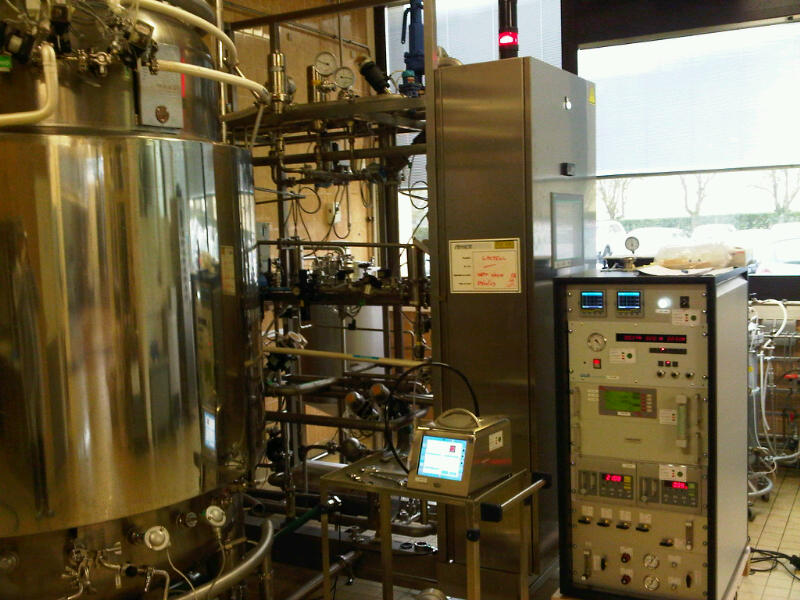

Any product or system component exposed to air has the potential to be damaged by atmospheric conditions and contaminants. For telecommunications, aviation, automotive and other equipment, these conditions can lead to early wear and potential liability problems. As a result, air testers have become an important part of the quality control process.

Atmospheric pollutants can affect the operation of the equipment. Three explanations - air pollutant test, mixed flow gas test or pollutant gas test - mean the demonstration and measurement of their effects, all of which are exposed to simulated atmospheric pollutants.
Telecommunications equipment and surface coatings are the most common targets for MFG testing. Atmospheric pollutants cause various changes in the surfaces of metals that support most corrosion and can affect the function of the equipment. Corrosion reduces the ability of coatings to protect the surfaces they want to protect.
Airborne contaminants can also destroy building materials, protective coatings, rubber, plastic and metals. It accelerates the aging of automotive, military and industrial equipment, along with moisture, UV light, thermal changes, salt spray and fog, atmospheric particles and gases.
Mixed flowing gas tests in telecom equipment are accelerated tests that simulate what equipment will live in the head office (CO) for a decade or more. Telecom and network equipment building systems (NEBS) standard GR-63-CORE outlines a way to test critical central office equipment. The NEBS standard includes mixed gas flow test and hygroscopic dust test. These trials include the test exposed to coarse dust particles, fine particles, water-soluble salts such as sulfates and nitrites, volatile organic compounds, sulfur dioxide, hydrogen sulfide, ammonia, nitrogen oxides, ozone and gas chlorine.
Simulating air pollution is not a simple process. Test pollutants need to be applied in precise quantities measured in microns or parts per billion (ppb), and purposely made equipment provides the correct volume change and airflow rate for valid, repeatable results. EUROLAB is equipped to perform air pollutant tests, including a large-capacity chamber that can handle full-size telecommunications racks.
EUROLAB provides MFG testing that allows you to evaluate the resistance of your materials and systems against all environmental conditions, including air pollutants, and to choose the right material. We have equipment and experience to simulate almost any environment, and our engineering staff can provide you with detailed ways to tackle potential problems caused by exposure to airborne pollutants.
Since MFG testing is usually just one of the many services our customers need, our engineers can also develop a customized test plan for you that looks at all the potential conditions your product may be exposed to.
To get an appointment, to get more detailed information or to request an evaluation, you can ask us to fill in our form and reach you.